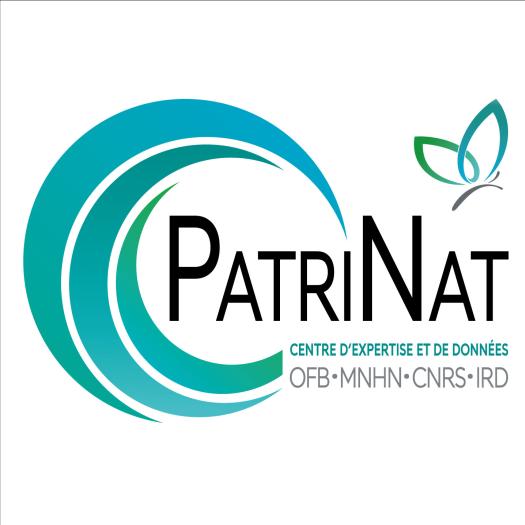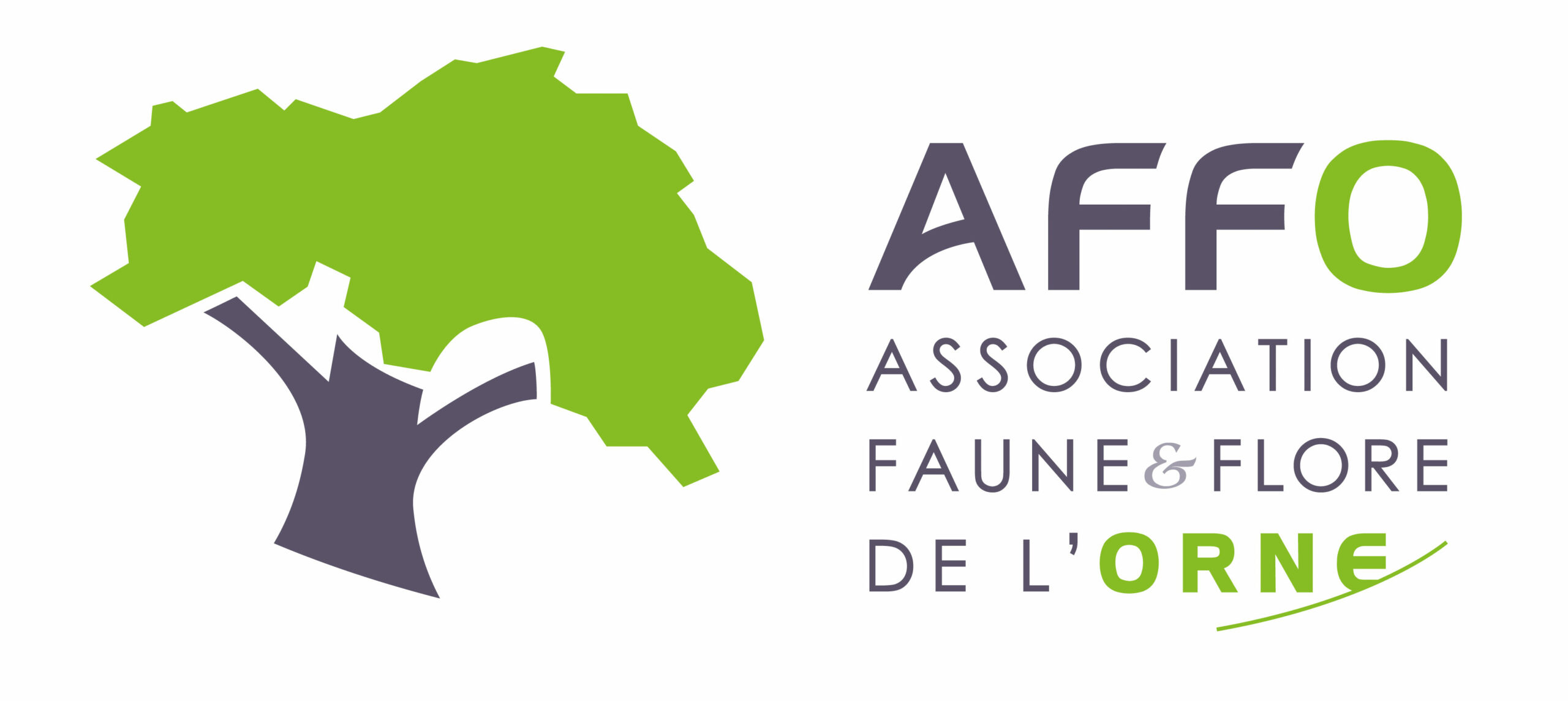Timarcha Samouelle, 1819
Classe :
Insecta
Ordre :
Coleoptera
Famille :
Chrysomelidae
Sous-Famille :
Chrysomelinae
Tribu :
Timarchini
Où cette espèce a-t-elle été observée ?
 Attention : cette espèce peut être présente où il n’y a pas de maille, mais à ce jour elle n’y a pas encore été observée.
Attention : cette espèce peut être présente où il n’y a pas de maille, mais à ce jour elle n’y a pas encore été observée.
Chargement...
- 10 observations
-
6
communes -
11
observateurs
5
organismes -
Première observation
1998 -
Dernière observation
2021
Anonymisé
-
Association Faune Et Flore De L'orne
-
Duhamel Eléonore
-
Guerif Stéphane
-
Houesse Marie
-
Jason Ksepka
-
Laurent Poncet
-
Perera Stéphane
-
Poncet Laurent
-
Silande François
-
Varlet Virginie
-
UMS PatriNat (OFB-CNRS-MNHN)
Participation à 4 Observations
Part d'aide à la prospection : 40.00 %
Fiche organisme
-
Association Faune & Flore de l'Orne (AFFO)
Participation à 1 Observation
Part d'aide à la prospection : 10.00 %
Fiche organisme
-
Système mondial d’information sur la biodiversité (GBIF)
Participation à 1 Observation
Part d'aide à la prospection : 10.00 %
Fiche organisme
-
Conservatoire d'espaces naturels du Centre-Val de Loire (CEN CVL)
Participation à 1 Observation
Part d'aide à la prospection : 10.00 %
Fiche organisme
Informations espèce
Non renseigné pour le moment
Non renseigné pour le moment
Répartition actuelle en France métropolitaine
© INPN - Avertissement : les données visualisables reflètent l'état d'avancement des connaissances et/ou la disponibilité des données existantes au niveau national : elles ne peuvent en aucun cas être considérées comme exhaustives.
Répartition actuelle dans le monde
Avertissement : les données visualisables reflètent l'état d'avancement des connaissances et/ou la disponibilité des données existantes au niveau mondial : elles ne peuvent en aucun cas être considérées comme exhaustives.
Pas de synonymes pour ce taxon











